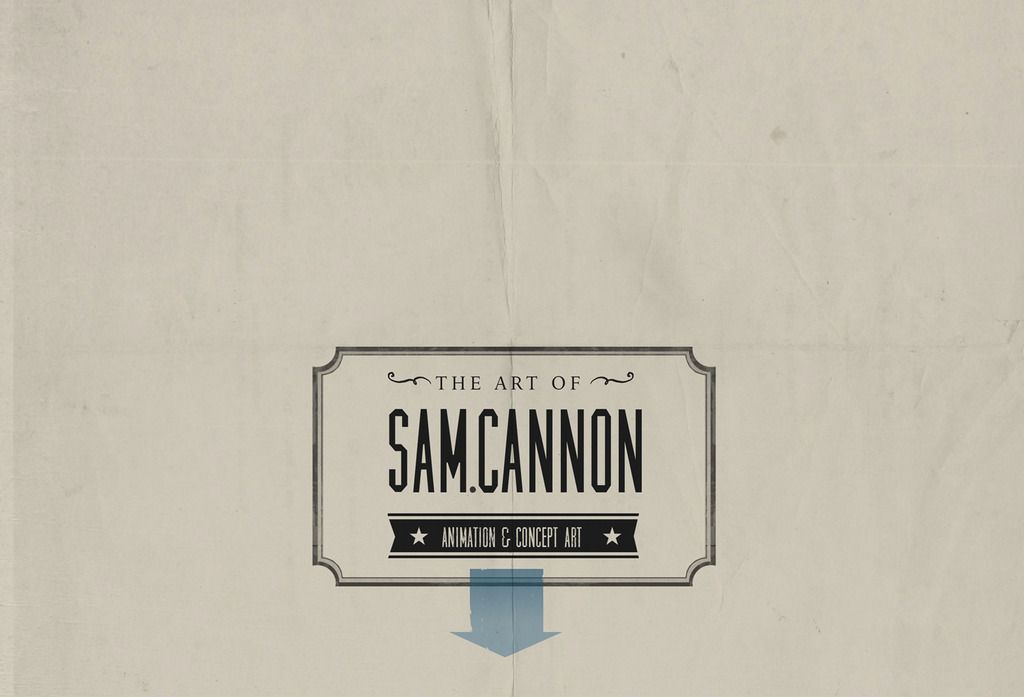 |
| Fig 1: Film Poster |
Directed by Michael Powell, Emeric Pressburger, 1947
The Black Narcissus a psychological Drama about a convent of nuns in the Himalayas, isolated they face conflict and tension with the clash of a different culture and with members of their own group. This film was made at Pinewood Studios, the film achieved acclaim for it’s use of technical skills as well as it’s use of colour. Initially the colours are pale and there is a major use of white to symbolise the purity of the nuns, as the story progresses and the nuns become increasingly seduced by the sensuality of their surroundings, the colours are more vivid and rich, symbolising vanity and arousal. This is seen in the palace and the clothing (red lipstick, prince clothes).
 |
| Fig 2: (top) actual set for film at Pinewood Studios (above) edited set, matte painting |
The film makes use of matte paintings and landscape paintings to suggest the mountainous environment of the Himalayas, created by W. Percy Day. Powell goes on to saying;
'Our mountains were painted on glass. We decided to do the whole thing in the studio and that's the way we managed to maintain colour control to the very end. Sometimes in a film its theme or its colour are more important than the plot.'
 |
| Fig 3: Matte painting mountains, painted on glass |
Camera work by Jack Cardiff, consisted of establishing shots, extreme long shots, but towards the end of the film one of the nuns becomes psychotic on killing the Protagonist showing aspects of contemporary Horror. The use of Point Of View shots and dramatic lighting.
Fig 1: Film Poster (1947)http://www.rottentomatoes.com
Fig 2: (top) actual set for film at Pinewood Studios
(above) edited set, matte painting Google Images
Fig 3: Matte painting mountains, painted on glasshttp://www.thefilmemporium.blogspot.com








Hi Sam,
ReplyDeleteSee my comments on your 'Only God Forgives' review for general advice....
plus, make sure your quotes are in italics, and that they are referenced directly afterwards with the author's surname and the date (even if you have mentioned who the author is prior to the quote). This source must then be put in your bibliography at the end.
Hi Sam - would it be possible to use one of the images from this post in a small exhibition (about special effects in the cinema) at the public library where I work?
ReplyDelete